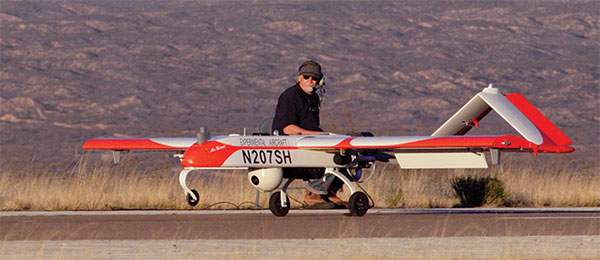I Am the AMA: Bic Green

Written by Jay Smith Military full-scale and drone pilot As seen in the November 2016 issue of Model Aviation.
Jay Smith: How did you get involved with model aviation? Bic Green: My involvement with model aviation started in the mid- to late-1950s with building Comet rubber-powered models with Ambroid (30-minute, fast-drying glue). I lived two blocks from Ladd Stadium in Mobile, Alabama, and loved watching the U-Control [Control Line] modelers fly there. That was during segregation in Alabama, so I could only watch, and not fly with them. Also during those times, my favorite TV programs were Sky King and the Reno Air Races. I had to train myself to fly, being the most successful with the Tee Dee .049, rubber band bonded, PT-19 that was blue and yellow. I loved it, got better and better at flying into my early teens, then moved up to Riley Wooten’s Voodoo and my favorite, the Jr. Nobler with a K&B engine. One of the U-Control club members got in touch with my parents and invited me to his home (in the 1950s) and showed me some ways to get more power from my Fox .35 Combat Special on my Voodoo, and gave me lots of weight and balance pointers for the planes and the props used on them. Maybe someday in our next lives we will meet again and tell some modeling stories. His modeling tips were a huge plus for the development of my flying skills, and during those times that took a ton of courage. A huge thanks to him and his family for helping a future drone test pilot. JS: How has model aviation impacted your life and/or career? BG: Model aviation has significantly impacted my life and career. Flying models was the stimulus for me wanting to be a pilot. I went to Tuskegee University so I could be trained to fly manned aircraft while in school. I got my private ticket while at Tuskegee in the mid-1960s, and then went on to the U.S. Air Force flight school followed by a tour in Southeast Asia flying 118 combat missions. I was then a reconnaissance pilot, flying over Laos and Cambodia and flying manned recon missions. Back then, the flight crew sat on their flack vests to protect important assets during high-risk missions. I think about where I am now, still flying recon missions, but from the ground and sitting in a folding chair and without sitting on a personal flack vest. We’ve come a long way and thanks to bigger more sophisticated model planes, we’re flying more advanced recon missions and remaining unseen and well out of harm’s way. JS: What disciplines of modeling do you currently participate in? BG: There are two disciplines that I currently participate in: electric aerobatic FAI-style flying and the other is multirotors. JS: What are your other hobbies? BG: My other hobby is photography. In this activity, I use multirotors and remote-controlled cameras to capture images from where we can’t use a person for safety reasons. JS: Who (or what) has influenced you most? BG: I was influenced most by being a bit of an underdog and having the chance to influence the recruiting of some of America’s best RC pilots. We all loved winning. We shared intellectual property with each other, and the winner for our collective efforts was our drone industry and the soldiers we helped do their jobs. All thanks to our flight-related support. JS: When thinking of your involvement with the Shadow UAS program, what are you most proud of? BG: I’m proud of over 30 years of service as an external pilot. I’m especially proud of the soldiers recently surpassing 1 million flight hours and as a result, providing commanders with real-time, high-definition video, allowing actionable intelligence, and the ability to quickly respond to very dangerous situations. My playing a small role in those 1 million hours, mostly combat operations, makes me especially proud.










Add new comment